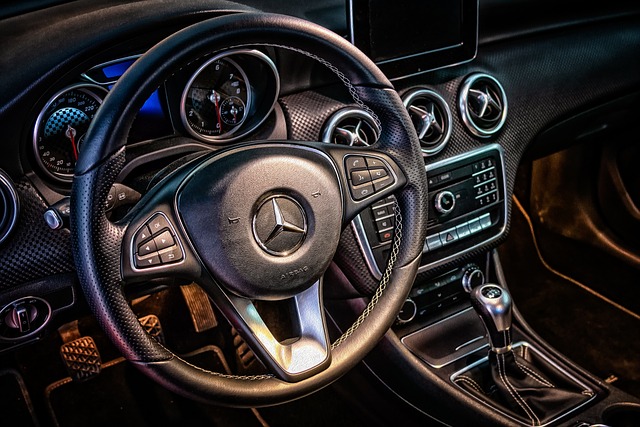Engine heat isolation through heat shielding is essential for vehicle performance and efficiency, especially with cold air intake (CAI) systems. Heat shields prevent thermal energy transfer, preserving ingested air coolness and maximizing density and power potential. Advanced materials like high-performance insulation or heat-reflective coatings significantly reduce heat, while CAI design ensures efficient airflow and temperature regulation. Maximizing heat isolation enhances engine performance by controlling temperature and optimizing airflow, delivering superior performance across diverse driving conditions.
Engine heat isolation is a crucial aspect of automotive performance and efficiency. By understanding how heat shields and cold air intakes regulate temperature, car enthusiasts and mechanics can optimize engine cooling for enhanced performance. This article delves into the fundamentals of heat shielding, explores factors influencing the effectiveness of cold air intakes, and offers strategies to maximize heat isolation for optimal engine performance and fuel efficiency.
- Understanding Engine Heat Isolation: The Basics of Heat Shielding
- Factors Affecting the Effectiveness of Cold Air Intakes in Temperature Regulation
- Maximizing Heat Isolation: Strategies for Optimal Performance and Efficiency
Understanding Engine Heat Isolation: The Basics of Heat Shielding

Engine heat isolation is a crucial aspect of vehicle performance and efficiency, especially with the increasing demand for colder, denser air intake systems like cold air intakes (CAIs). The basic principle revolves around creating a barrier to prevent heat transfer from the engine compartment into nearby components. This process, known as heat shielding, plays a pivotal role in maintaining optimal temperatures, particularly in high-performance engines and vehicles equipped with CAIs.
Heat shields are designed to reflect or insulate thermal energy, reducing the amount of heat that would otherwise be conducted or radiated. By isolating the engine from its surroundings, these shields ensure that cold air remains cool during intake, maximizing its density and potential power output. This is especially critical in extreme conditions, where rapid temperature changes can negatively impact engine performance and efficiency.
Factors Affecting the Effectiveness of Cold Air Intakes in Temperature Regulation

The effectiveness of heat shield cold air intakes (CAIs) in temperature regulation depends on several key factors. One primary consideration is the quality and thickness of the heat shield material, which plays a crucial role in blocking engine heat transfer. Advanced materials like high-performance insulation or specialized heat-reflective coatings can significantly reduce the amount of heat reaching the intake, ensuring colder air enters the engine for enhanced performance.
Additionally, the design of the CAI itself influences its temperature regulation capabilities. Factors such as the length and angle of the intake path, as well as the presence of ram air pressure, contribute to drawing in cooler external air. Efficient airflow design not only draws in cold air but also exhausts hot gases quickly, maintaining a constant temperature differential between the ambient air and the intake charge.
Maximizing Heat Isolation: Strategies for Optimal Performance and Efficiency

Maximizing Heat Isolation plays a pivotal role in enhancing engine performance and efficiency, particularly in extreme environmental conditions. Strategically incorporating heat shields and optimizing cold air intakes (CAIs) is key to achieving this. Heat shields act as a barrier, reflecting and dissipating excess heat away from critical components, thereby maintaining optimal operating temperatures. By minimizing heat transfer, these shields ensure that intake air remains cool, which is crucial for maximizing the density and volume of air entering the engine.
CAIs, on the other hand, are designed to draw in cooler external air, enhancing the oxygen-to-fuel ratio in the combustion chamber. This not only improves fuel efficiency but also increases power output. When combined with effective heat isolation, CAIs can create a more efficient and responsive engine, delivering superior performance across various driving conditions.
In conclusion, effective engine heat isolation is paramount for enhancing both performance and efficiency. By understanding the basics of heat shielding and factoring in key elements like cold air intake design, we can optimize temperature regulation. Implementing strategic techniques to maximize heat isolation ensures a smoother, cooler running engine, ultimately benefiting overall vehicle performance.














